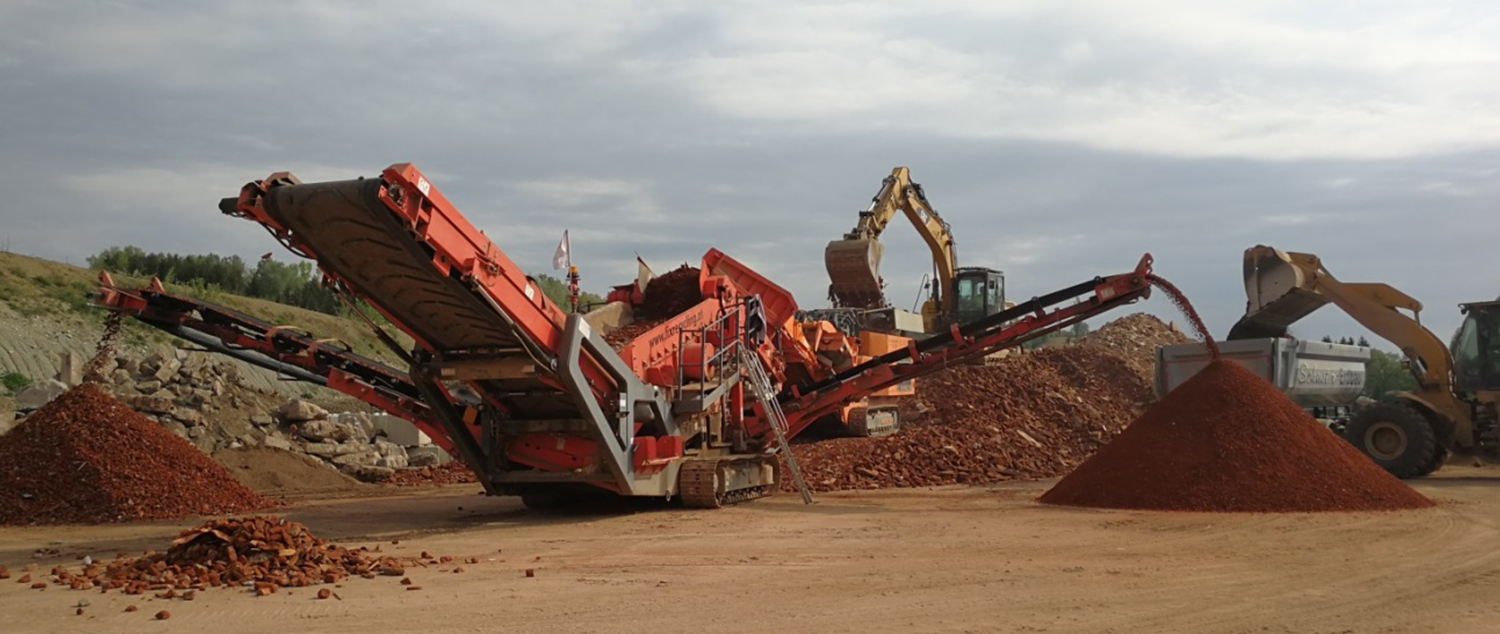Paving the way toward net zero emissions: decarbonated alternative raw materials
The choice of primary raw materials is a key lever in reducing our carbon impact. Replacing limestone with an alternative that emits less or no CO2 is an obvious choice. But where can a suitable replacement be found that delivers the necessary quality requirements?
Construction demolition materials (CDM) are increasingly turning out to be a viable alternative as they are abundantly available and have all the properties required for a second life as a primary raw material.
Our plant in Ternate, Italy, already recognized the potential. Trucks filled with CDM arrive at our sites every weekday. What initially started out as only two trucks per day has quickly grown to seven, with the CDM already having been pre-processed, meaning that aggregates, wood, plastics and metals have all been removed, leaving behind only the fine cement powder and sand.
Because the cement powder has already been decarbonated, the overall process-related carbon emissions are much lower. The materials also require less heating in the kiln so less fuel is required, further reducing the carbon impact.
With global construction waste expected to grow to 2.2 billion tons by 2025, the potential is huge. What’s more, CDM have many other use cases. In Switzerland for example we launched the world’s first cement, Susteno, that includes 20% construction demolition materials inside. At the cutting edge of circular construction, this resource-saving cement uses fine mixed granulate from demolished buildings as an additive.
As we advance on the pathway to net zero, we will harness our expertise and innovation power to turn the growing mountains of CDM into valuable raw materials for our products, customers, and planet!







